
Mohammad Nazli Abdul Aziz is Malaysia Airports Holdings Bhd's senior general manager of commercial services (Photo: Mohd Izwan Mohd Nazam)
No matter if you are a frequent flyer or an occasional traveller, going through an airport can be a hassle. Some places do it better than others, though, exceeding functional demands, such as superior cleanliness, facilities, service and capacity management, to create airports that are in themselves veritable destinations.
Instead of bemoaning a long stopover, such places are a joy to transit in and even inspire early arrivals pre-departure — the better to enjoy the airport. Perhaps it is the dining options that entice a family to share a convivial meal together before they part ways, or a tempting retail selection that begs unhurried browsing. Sometimes it is even just the cleverness of the little things: ample charging facilities for today’s ubiquitous devices, cosy seating areas, maybe even nap pods.
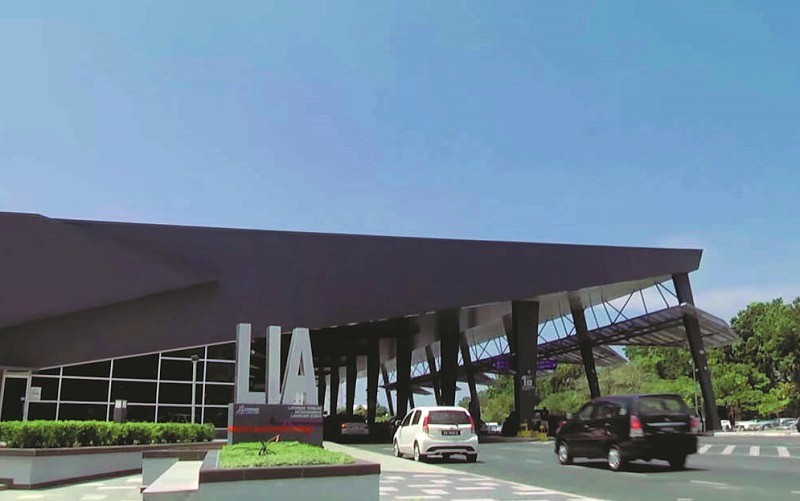
At the back of getting its operating agreement extended until 2069, Malaysia Airports Holdings Bhd (MAHB) is embarking on a new chapter of its management of the country’s airports. Among the largest airport operator groups in the world in terms of the number of passengers handled, it manages 39 airports across Malaysia as well as the Istanbul Sabiha Gökçen International Airport in Turkey, one of the busiest single-runway airports in the world. Of the airports at home, five — namely Kuala Lumpur, Langkawi, Penang, Kuching and Kota Kinabalu — are international.
“The new operating agreement allows for growth and investment,” says Mohammad Nazli Abdul Aziz, senior general manager of commercial services. “We have been talking to the government and the way forward is very business-friendly, better than what we had before. It will allow us to approach retail at the airport strategically.”
Airport revenue comes from two streams — aeronautical and non-aeronautical — he explains. Both contribute equally to earnings here, but in mature markets, non-aeronautical income overtakes that of aviation. Travel retail is important because it subsidises operations and its potential is massive. To put it into perspective, the size of business generated by travel retail is equivalent to that of an entire continent and expected to grow to US$150 billion in the next 20 years. Plans are in place to reinvigorate the five international airports in the coming months through a commercial reset.
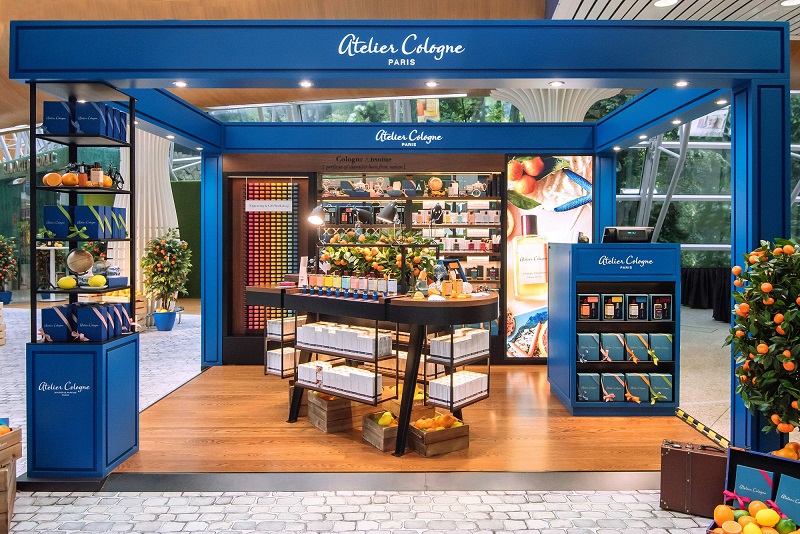
“People compare us to Changi Airport in Singapore, but it’s a case of apples and oranges,” says Nazli. “All the airport tax you pay here is shared or cross-subsidised by 38 airports because the emphasis is on connectivity. At Changi, all taxes collected are distributed to just four terminals. We could raise our airport tax to match theirs, but it’s a national issue.”
What Changi does right, however, is view itself as a gateway to Singapore and is, therefore, positioned as such, encapsulating the modernity for which the city-state is known. “We used to look at airports as business entities and not a country play. We have five gateways into Malaysia and need to start positioning ourselves accordingly through the commercial services available at the airports,” says Nazli. He is well qualified for the task ahead, having held a similar role at KLCC prior to venturing out on his own. The first item of business was to do away with assumptions and look at hard data.
“In 2016 and 2017, we measured ourselves from a retail standpoint against other major airports in the region — Changi Airport, Incheon International Airport and Hong Kong International Airport— just to know where we stood. The upswing in the Chinese market was strong and our growth was in the double digits while our peers saw single-digit growth. We were equal in the commercial area but our sales per passenger were one-third of theirs. The challenge then is to overhaul the way we present our commercial services,” he continues.
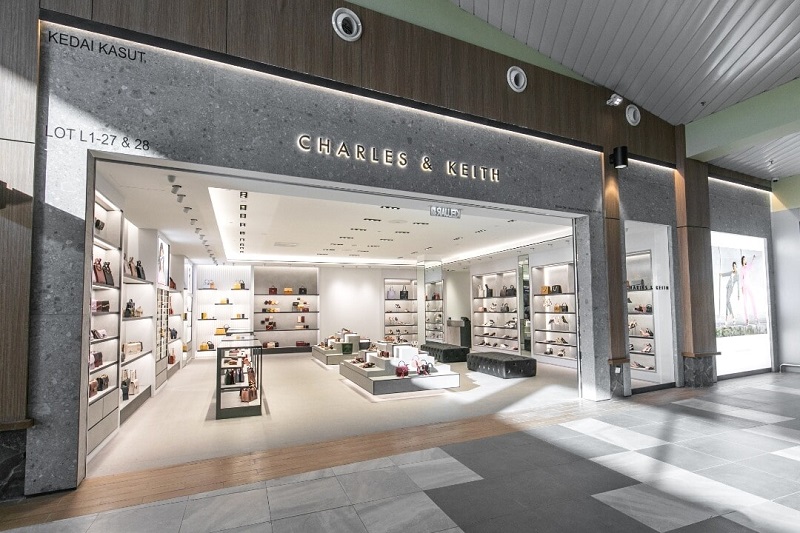
“Retail 101 is, if you have a mall, you triangulate ‘magnets’ that will draw the crowd from one part of the mall to the other and then to the top floor so that they cover the entire space in search of something.
“Then you make them spend extra time there by installing entertainment options such as cinemas and create attractions along the way so that they buy on impulse. It’s the same principle at an airport, except that you have a captive market and less competition than you would as a mall downtown.”
And people are willing to spend. KLIA ran a contest two years ago with a Lamborghini as the main prize. Participants had to attach proof of an airport purchase to their entry forms and the data collected from this supported the notion. “Someone was coming in from Japan every month and he would buy a Rolex each time — that’s a six-figure purchase every month. That’s the way people are spending,” says Nazli. “Favourable currency exchange also encourages this, with shoppers purchasing things here at duty-free prices to resell at home. It’s part of destination shopping.”

The ongoing revamp to boost spending will include relocation of stores and commercial expansion. Part of the traditional strategy had been to focus on duty-free products such as tobacco and liquor, but airports around the world have evolved to push higher yielding categories such as luxury products that raise their commercial profile as well as minimum sale takings. Passenger profiles are unique to airports and KLIA, frequented by well-heeled passengers with high spending power, can expect to see an increase in luxury brands. Products exclusive to airports will also be launched at greater frequency, and these travel exclusives may also be tied to seasonal or festive celebrations.
“Fashion does not typically sell well here because people are always in a hurry, but cosmetics and perfumes are doing exceptionally well,” he says. Dior Backstage emphasises creating experiences around its products. The pop-up store at KLIA gives travellers the experience of models getting ready backstage as they sample Dior make-up, an initiative that received positive reviews on social media.
Changes to anticipate at KLIA include relocating fast-food joints closer to the viewing deck so it becomes a destination in itself while casual dining will be expanded. This includes the successful securing of Din by Din Tai Fung as a tenant.
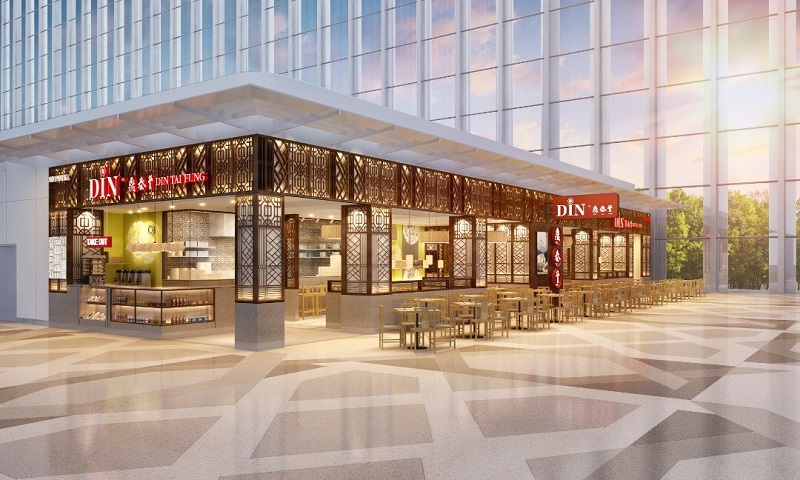
The Langkawi International Maritime and Aerospace Exhibition last month provided the perfect opportunity for MAHB to gauge the success of new initiatives at Langkawi International Airport, which will be emulated. Apart from increasing passenger capacity from 1.5 million per annum to 4 million, it also improved retail offerings, bringing in the first Charles & Keith and Burger King stores to Langkawi as well as the first Costa Coffee café and Ya Kun Kaya Toast outlets to Malaysia.
But offering the same global or regional experiences that can be found anywhere else will not distinguish Malaysian airports from their international peers. That leads us back to looking at airports as national representatives and creating a sense of place.
Working with the Malaysia Design Development Centre, which specialises in branding and packaging services, MAHB presented the “best pineapple tarts in the country” in funky, localised packaging in conjunction with Hari Raya last year. Its success ensured this became a permanent venture with varieties of kuih, depending on location — Kuching International Airport in Sarawak, for instance, will see a higher ratio of kek lapis.
This falls under the Sense of Malaysia banner, which will be represented at all international airports in the country and carry contemporary batik fashion and quality skincare and soaps, among others.
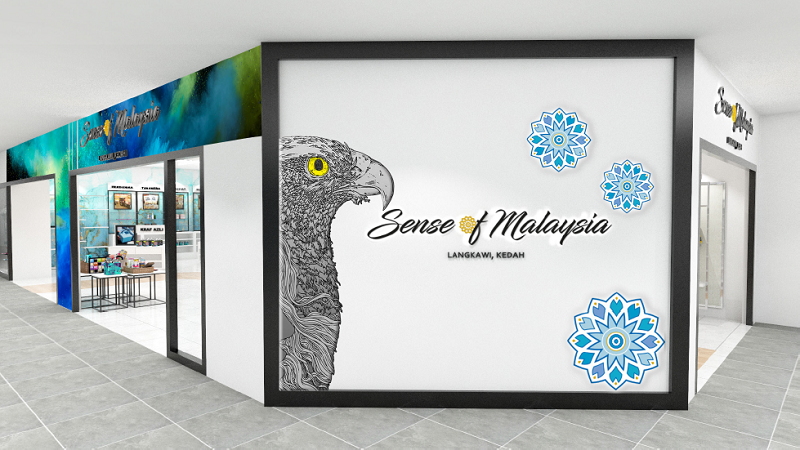
“It goes beyond what is conventionally sold at airports,” says Nazli. “Sometimes, places become associated with certain things. At Frankfurt Airport in Germany, for example, there is a demand for Leica cameras. Schiphol in Amsterdam has chocolate sales in the thousands of euros because they are specially packaged with stories unique to the country.”
E-commerce is also a key area of development. “The market is changing. We’re all glued to our handphones and everything you need at an airport is migrating to your mobile. If you regularly go through KLIA, you will be able to organise all your needs on our app, from checking-in to securing purchases and transport bookings,” he continues. “You can even buy things from other terminals and have them sent to you for pick-up before departure or upon arrival.”
When KLIA was launched in 1998, it was designed to be a national icon. Combined with passenger traffic at klia2, the two airports cater for 60 million passengers per annum — twice the size of Malaysia’s population.
“Airports can be more than just functional,” concludes Nazli. “Because of the concentration of growth in this part of the world, it’s our responsibility to build something that presents the best of Malaysia.”
This article first appeared on Apr 29, 2019 in The Edge Malaysia.


